|
On Christmas Eve 2011, William Edwards died at the San Fernando General Hospital, three days after falling ill. He was 87 years old and had outlived his wife, only child and every sibling. Edwards, who lived alone in his final years, was considered by some as a recluse, so his passing was unknown to many in his village of Brothers, Tabaquite.
Only a small circle of family and friends attended the funeral at Belgroves Crematorium to send him off. But a peculiar thing happened in the weeks following his passing. As news began trickling through the village that he had died, memories stirred, and “Eddie” was alive again in the mind’s eye of those who remember him. There he was, leaning out the open window of a locomotive, sounding the steam whistle, calling out to neighbours as his engine pulled the carriages carrying people, produce and cargo along the train line linking Rio Claro to the rest of the island. It turns out that Edwards, who found employment as a boilerman at Trinidad Government Railway (TGR) on June 30, 1942, had worked his way up to being an engine driver. He was in charge of one of the engines that travelled a system extending between Port of Spain and as far as Siparia, Sangre Grande and Princes Town. By the time his employer made him redundant and sent engine driver Eddie home on October 25, 1966, he was a man with a skill no one needed. He would later find employment as a wardsman at the same hospital where he would die. Last train For the citizens who used the line between Jerningham Junction and the stops in Longdenville, Todd’s Road, Caparo, Brasso, Tabaquite, Brothers, San Pedro and Rio Claro, Eddie would always be remembered as the man who drove the train to Rio Claro the last day it ever carried passengers—August 30, 1965 (the same day of the celebrated “Last Train to San Fernando” from Port of Spain). The Express spent several days following the path of the railway out of Rio Claro to discover that two generations after the end of the rail, many still have vivid memories and unresolved complaints. Some blame the economic and infrastructural decline over the decades on the State’s decision to replace the railway with buses. People wanted to know why no one had thought to preserve the TGR buildings, signal boxes, road crossings and platforms. The people of Dades Trace where a TGR building still exists, asked why no one had maintained the impressive homes of the station masters—Coudray, Villafana, McAllister, Mitchell, Superville, McIntosh—who were of significant social standing. Like clockwork Does anyone know how important this rail line was back then, asked villager Lucy Ashby. She said that back then, it was either the train or having to foot it out of her village of cocoa plantation workers. Now, the only evidence of its existence, said Ashby, were the concrete and steel bridge crossings too difficult for scrap dealers to steal. Her sister, Angela Charles, who paid four cents to travel by train into Rio Claro to see Carnival in the ’50s, said she often wondered what would have become of her life if the train, which allowed travel into the capital, had continued operating. Khairoon Shah, who was 88 years old when we spoke with her, said as a newlywed, she was walking the kilometre or so to Brothers Station as far back as 1942 to catch the train to visit her family in Libertville. “That engine was loud and you knew it was coming from the long trail of black smoke from the chimney. One headed up to Rio Claro for 9 a.m., passing back at 11 o’clock. Another went up at 2 p.m. and back down at four. And the train was always there on the exact time, bringing people and mail, bread, ice, carrying back cocoa and coffee and sugar cane. So you had to be there or you lose out,” she said. Shah said on the final day the passenger train rolled, “Edwards was the one who drove it from Jerningham. They gave a free ride and we rode all day and in the night.” Her son, Khairoon Shah, said he, too, as a teenager, understood something big and sad was happening that day when the seven cent fare from Brothers Station to Rio Claro was waived. “They never should have scrapped it. The village felt connected then. When it stopped running, it killed this area,” he said. Photographic memory As a result of a series of fortunate events, one of the most substantial Trinidad Government Railway buildings outside of Port of Spain still exists where the Brothers Station stood. The family of the ticketmaster remained occupants of the building when the train service ended, and on January 13, 1975, it was acquired by Stephen Subero, himself a lifetime worker with the railway. The building, likely used by the stationmaster, comprises a living area, three bedrooms and a detached kitchen, which prevented the entire house from going up in flames in the event of a fire there. The outhouse is also still there, along with two concrete cisterns to supply the property, locomotive and passengers of the time. Subero, who raised ten children in that building, recalled when the carriages pulled up and villagers came with their bull and donkey-drawn carts to collect the items they had purchased from “town”. “Let nobody fool you, nothing about the rail was easy. My father (Henry Ayers) had the job of checking the line (all 13 or so kilometres) from here to Rio Claro before 6 a.m. to make sure no big tree fall across. Only when he say so, the train would run,” he said. Despite a hard life, Subero said he recognised early that the building in which he made a life was different. “People from all over Trinidad have come here to ask questions about the train and take photographs. I never had photos because back then it was survival. I walked barefoot for the first 36 years of my life. But these people who come here want to learn about the railway. They amazed this place still here. So as long as I am alive, I will take care of it,” he said. Subero, who can trace his family back to Venezuela, then declared that he was the former bandleader of the Naya Sangeet Orchestra of Brothers Road, and sang for us an Indian classical composition. The Express found some of Eddie’s relatives in Pleasantville, San Fernando. They remembered a proud man with a photographic memory. He was also a stick fighter, cricketer, had a passport but never left Trinidad, and got a driver’s permit but never owned a car. What he loved most, they said, was telling stories about his time as a railway man and was disappointing that his knowledge and name never became part of the public record. Now they are. (Source: Daily Express, Feb 16, 2022) • Note: Richard Charan can be contacted at [email protected].
0 Comments
CAGIS Virtual is a new program that brings STEM into your home with weekly, hands-on, live sessions led by real experts!
CAGIS Virtual events explore a new topic each week with fun virtual and hands-on activities led by real experts and a CAGIS instructor. Each session includes an introduction to the topic, a hands-on or virtual activity, and time for questions at the end. Sessions occur on Saturdays at the following times: Ages 7-12: 8 am Pacific • 9 am Mountain • 10 am Central • 11 am Eastern • 12 pm Atlantic Ages 11-16: 10 am Pacific • 11 am Mountain • 12 pm Central • 1 pm Eastern • 2 pm Atlantic To become a member, Join Now. CAGIS Virtual sessions are open to non-members for $16 per session. Registration will be open to members before the general public. Did you know you can purchase tickets to CAGIS Virtual sessions as a gift? Available here. Schedule Upcoming events will be posted at least one month in advance. Members will have access to event sign up links before the general public. We expect to always have enough space for all sign ups. However, in the event of a very popular event, spaces will go on a first-come-first-served basis with others added to a waiting list. The schedule is subject to change, pending changes in host availability. For more information: https://girlsinscience.ca/join/ Hearty congratulations to Mr. Edwin Ayoung - Crazy on receiving the Humming Bird Medal - Silver in the Spheres of Music and Culture at the National Awards 2020 held on Monday 7th March 2022. (Source: Trinbago Golden Memories).
While most other 16-year-old girls are spending their time chatting with friends on social media, going shopping and all those other fun things teenagers usually do, Camryn Champion is preparing to wow the judges at the next round of the 20th season of American Idol, a reality television series in which aspiring singers compete for a recording contract and a shot at making it big in the music industry.
Champion put new meaning to her name when, from among the thousands of people who auditioned for the show, she earned herself a golden ticket to Hollywood on February 27, which secures her advancement to the next round in the competition. Champion's maternal grandparents Quinn and Vidya Jogie are originally from Chaguanas, Trinidad and now live in Long Island, New York. She said her grandmother is a big Idol fan and always encouraged her to audition, believing she could make it all the way to the top. Champion agreed to do it when she was old enough, but said although her life revolved around music, deep down she never believed she would get the opportunity to do so. But then the unimaginable happened and she found herself on a stage in Nashville auditioning for singers Katy Perry, Lionel Richie and Luke Bryan, just like her grandmother predicted. "I was super interested in music since I was about four and I started writing my own music when I was 12. In 2018, I entered a singing competition in New York called Coast 2 Coast Live and I won first place," the New Jersey resident told Sunday Newsday in a phone interview. This win drew attention to what the then 13-year-old was capable of and paved the way for her grandmother's dream come true. "After I won that competition, they (talent scouts) asked my parents if I wanted to audition for Idol." Because of the covid19 pandemic, Champion said the initial part of the process was virtual. "I just had to send in videos, did interviews on Zoom calls and I had to sing online. When I made it through that round, I went to Nashville to audition live before the judges." There, Champion put her heart and soul into her performance of Sam Smith's I'm Not the Only One. She said she chose that song because, apart from liking Smith's music, she felt the tone was good for her range. "It was nerve wracking," she said about her turn in the spotlight and under heavy musical scrutiny. "I was really nervous because I was the third person to audition out of the day one auditions and I was one of the younger contestants. The first girl who auditioned came out crying, making me even more nervous." But as skittish as she was, the judges made her feel hopeful that she would get through to the next round when, after her performance, they encouraged her to delve deeper, relax and just embrace the song. She said she never expected them to be so "cool" and didn't think that she'd get to talk to them, even off camera. "It was really a super cool opportunity. I was so close to the judges and they were all so nice. The entire experience was great. I had never been to Nashville, so I got to see a new place. In Nashville there is music everywhere, so I loved that so much." And as excited as she is about the next round, Champion has had to hold her tongue about it because of her contractual obligation to American Idol. "I’m not allowed to talk about what happens in the future with the show...But I can say that the winner gets a cash prize and they're signed to an American Idol contract to help promote their music." Champion said she doesn't have a specific preference as it regards listening to music. But for singing, she leans toward R&B. "I just like music on a whole. Each artiste is so different and it’s cool to have role models in different genres." With no formal training, her talent is all natural and something she's "just always done it," even going so far as teaching herself to play the piano. But, she told WMN, because music has always been "the dream" it may be time to start formalising it. "When I go to college I'd like to study performing arts, but also business to deal with that aspect of it." The junior at Rancocas Valley Regional High School said the only other thing she loves as much as music is volleyball and is on her school's team. And although she has never been to TT, she is familiar with the beauty and tastes of the islands because her relatives frequently visit. "My sister dances a lot and is always dancing to soca. I too love the music, and we all love the food because my family cooks Trini food all the time. I always hear about the beaches, food and the music and I'm just so jealous of everyone. I'd really love to visit some time." For now, though, the focus is on the goal of becoming the next American Idol. (Source: Newday, March 12, 2022) A trip down memory lane courtesy the Angelo Bissessarsingh Virtual Museum of Trinidad and Tobago.
Triinidadian writer Merle Hodge began her career by publishing what would become a beloved Caribbean classic, Crick Crack, Monkey, in 1970. Five decades later, as she prepares to publish her third novel, Hodge tells Andre Bagoo what took so long — and what drives her interest in capturing the often confusing experience of Caribbean childhood on the page.
Read the full story here or copy and paste the url into your browser https://www.peepaltreepress.com/blog/news-authors/interview-miseducation-merle-hodge-caribbean-beat?fbclid=IwAR26mvBDLSdXmeKARHh6J_-kRvfVLL6jebEp9V3QDiyPy0ZTDKl_WpgkRDU Congrats
to TIMOTHY WATKINS (Baron) for getting a street after his name where he was born .. Well deserved Read the story here
or copy and paste this url into your browser: https://tt.loopnews.com/content/tt-national-ranks-1-amazon-best-seller-list-again?fbclid=IwAR0bWdkSIHt9JOH8HCuvcn-3VI-w4QS6MFY3njB95HppazFAmKoE1_htSqc |
T&T news blogThe intent of this blog is to bring some news from home and other fun items. If you enjoy what you read, please leave us a comment.. Archives
May 2025
Categories
All
|
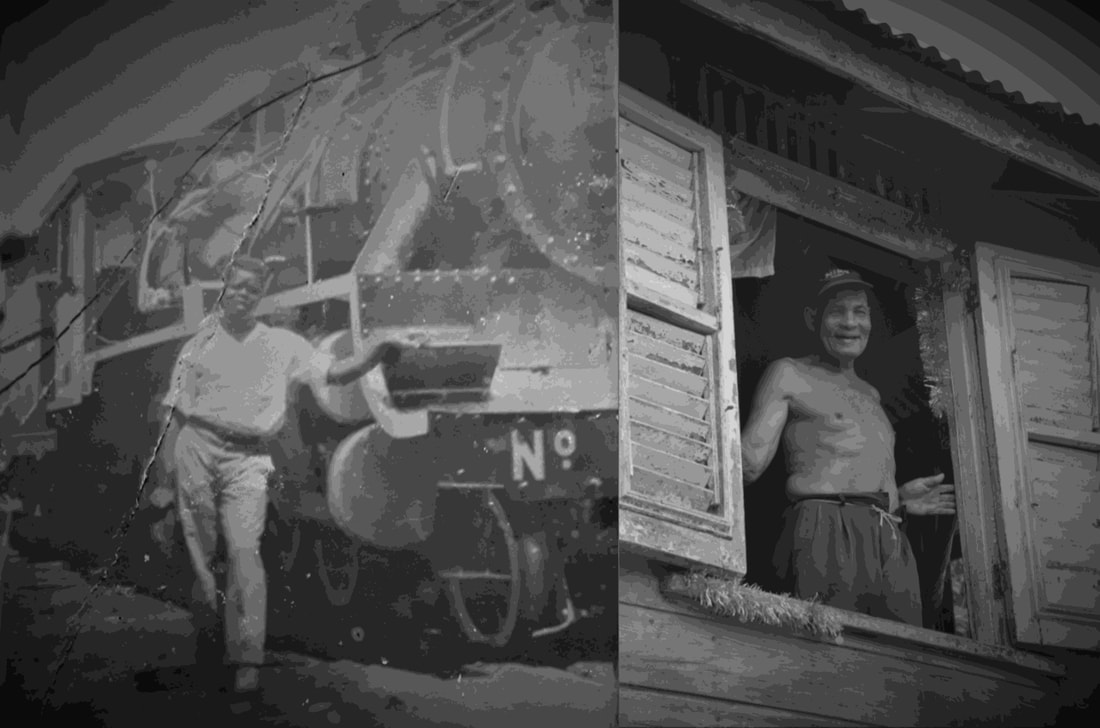

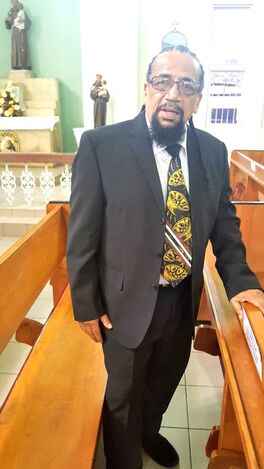

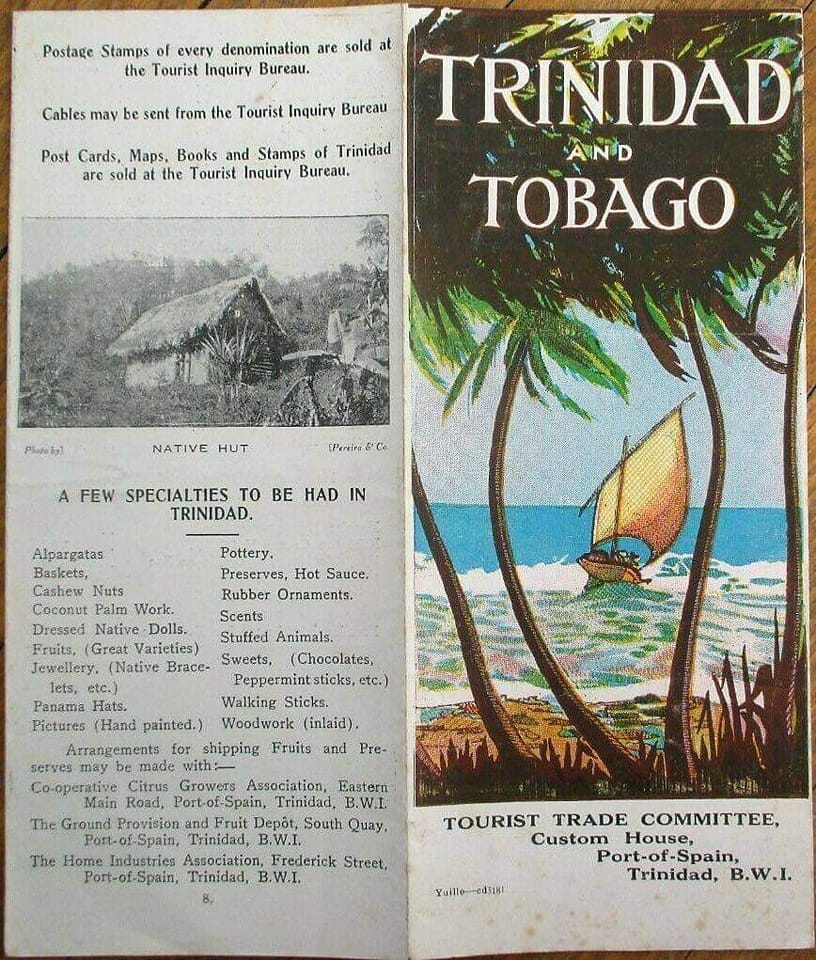
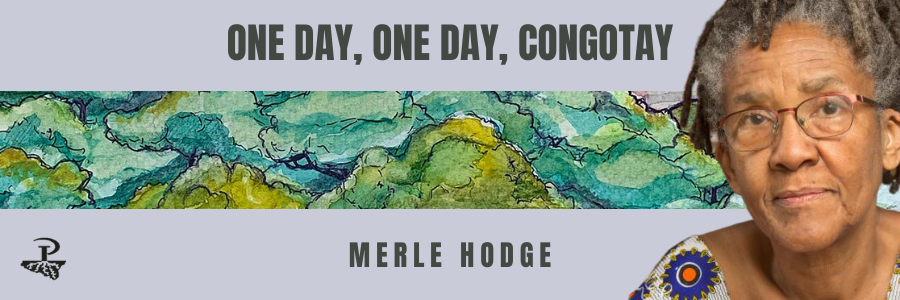
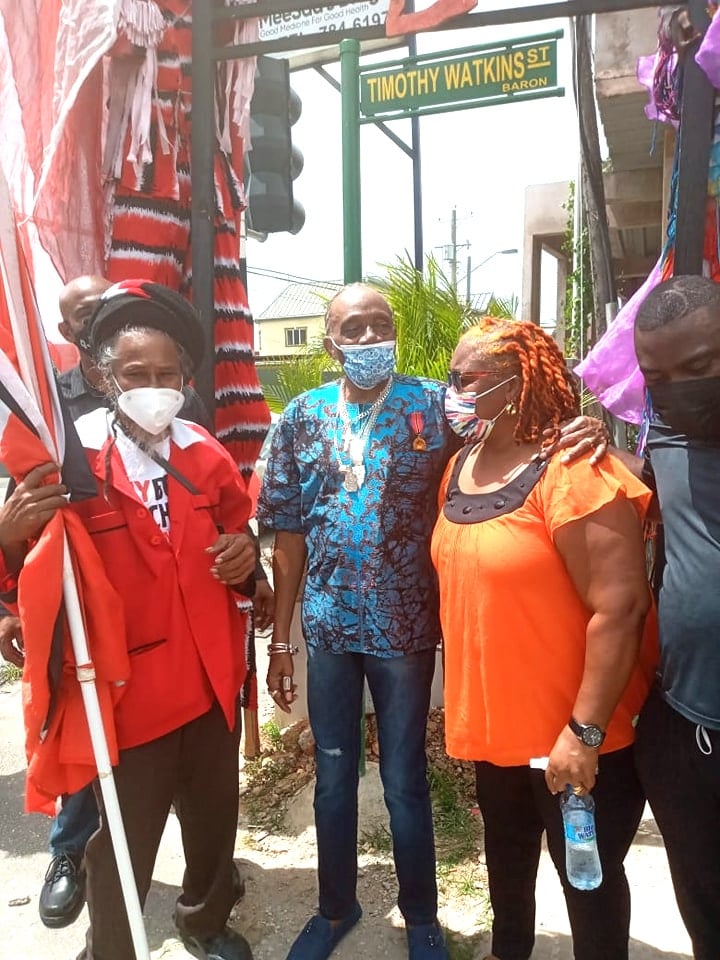
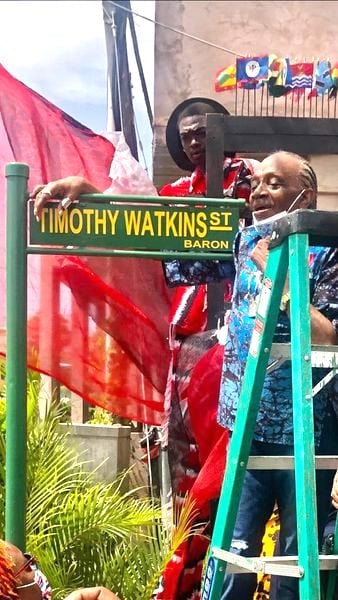


 RSS Feed
RSS Feed